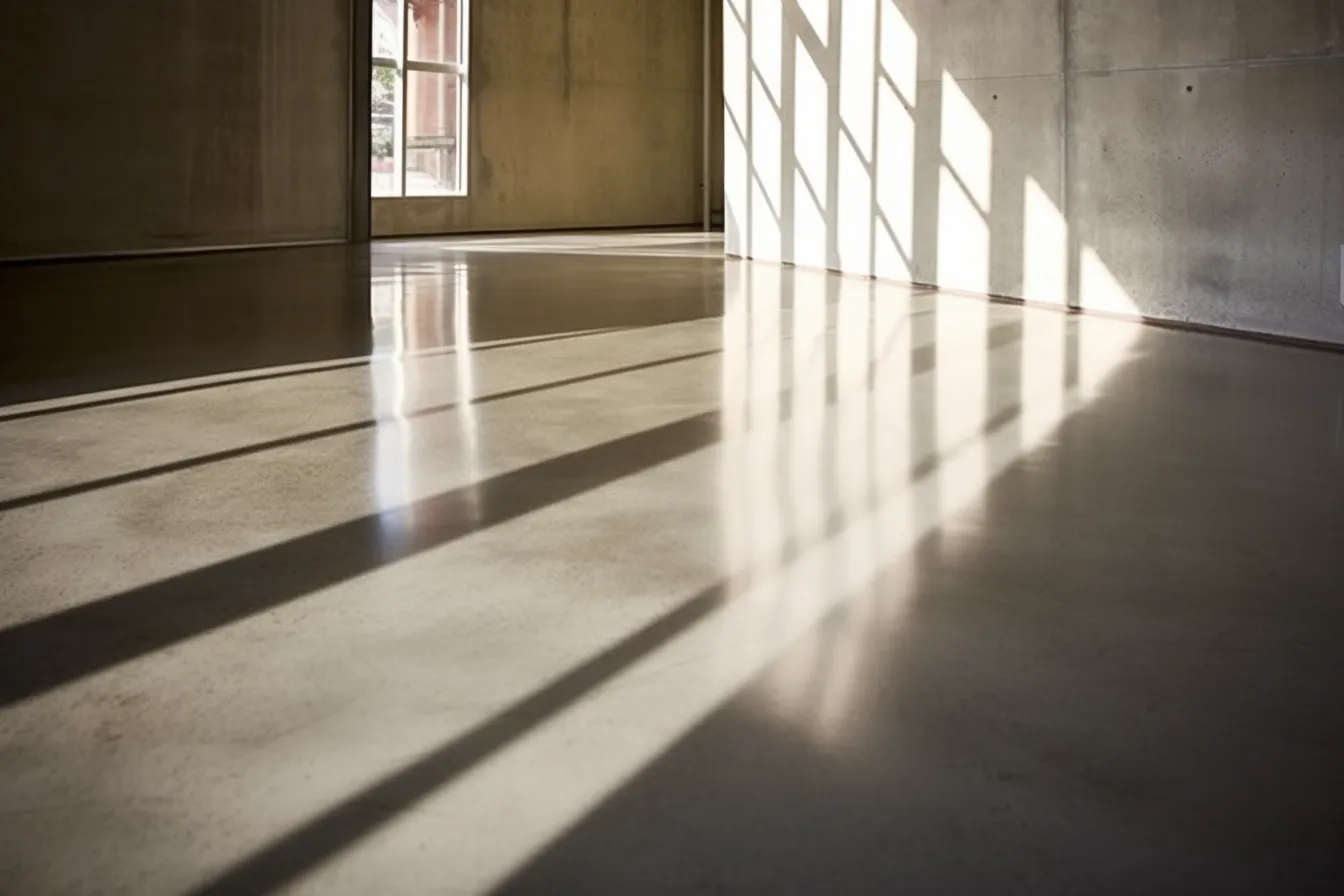Concrete Safety – Preventing Burns and Injuries
Welcome to our comprehensive guide on concrete safety. Whether you work in the construction industry or you’re a DIY enthusiast, it is essential to prioritize safety when dealing with concrete. In this article, we will explore the safety precautions you should take to prevent burns and injuries while working with concrete. We will discuss the potential hazards, protective measures, and best practices to ensure a safe working environment. So, let’s dive in and learn how to keep yourself and your team safe around concrete!
Potential Hazards
Concrete work involves various hazards that can result in burns and injuries if proper precautions are not taken. Some common hazards to be aware of include:
1. Chemical Burns: Concrete contains alkaline materials that can cause severe chemical burns when it comes in contact with the skin. These burns can lead to painful blisters and long-term damage if not treated promptly.
2. Thermal Burns: Freshly poured concrete generates heat as it cures. Direct contact with the concrete can cause thermal burns, especially if the mixture is at a high temperature.
3. Falling Objects: Construction sites are notorious for the potential of falling objects, and concrete work is no exception. Heavy tools, equipment, or debris can cause severe injuries if they impact workers.
4. Slips, Trips, and Falls: Wet or uneven surfaces near concrete work areas can lead to slips, trips, and falls. These accidents can cause sprains, fractures, or even more serious injuries.
Protective Measures
To minimize the risk of burns and injuries when working with concrete, here are some essential protective measures to follow:
1. Personal Protective Equipment (PPE): Always wear the appropriate PPE, including safety goggles, gloves, full-length clothing, long socks, and closed-toe shoes. This will protect you from chemical burns, thermal burns, and potential falling objects.
2. First Aid Kit: Keep a well-stocked first aid kit readily available at the worksite. It should include burn ointments, sterile dressings, bandages, and other essential medical supplies.
3. Proper Ventilation: Ensure that the work area has adequate ventilation to minimize exposure to harmful fumes generated during concrete pouring and curing.
4. Temperature Control: Before working with concrete, ensure that its temperature is within a safe range. Avoid pouring concrete that is too hot to reduce the risk of thermal burns.
5. Safe Lifting Techniques: When lifting heavy objects such as sacks of concrete mix or tools, use proper lifting techniques to avoid strains or back injuries. Always ask for assistance if the load is too heavy.
6. Proper Signage and Barricades: Clearly mark and barricade the construction area to prevent unauthorized access and reduce the risk of slips, trips, and falls.
7. Training and Education: Provide thorough training to all personnel involved in concrete work. Ensure they understand the potential hazards, how to use safety equipment, and how to respond to emergencies.
8. Regular Inspections: Regularly inspect tools, equipment, and safety devices to identify any potential hazards, damage, or malfunctions. Promptly repair or replace defective items.
Best Practices
In addition to the protective measures mentioned, following these best practices will further enhance concrete safety:
– Plan your work: Develop a detailed plan for the concrete work, including specific safety measures. This will ensure that everyone involved understands their roles and responsibilities.
– Communicate effectively: Maintain clear and open communication among all workers. This includes discussing potential hazards, following safety protocols, and reporting any safety concerns immediately.
– Clean up spills: Promptly clean up any spills or debris on the working surface to prevent slips and falls. Use appropriate absorbent materials and ensure proper disposal of waste.
– Stay hydrated: Hydration is crucial, particularly when working in hot weather conditions. Encourage workers to drink plenty of water and provide shaded areas for breaks.
– Take breaks: Regular breaks help prevent fatigue, maintain focus, and reduce the risk of accidents. Encourage workers to rest, especially during strenuous tasks.
– Learn from incidents: If an accident or near-miss occurs, investigate and learn from it. Share the lessons learned with the team to prevent similar incidents in the future.
By implementing these protective measures and following best practices, you can significantly reduce the risk of burns and injuries when working with concrete. Remember, safety should always be a top priority to ensure the well-being of everyone involved. Stay safe and stay proactive!
